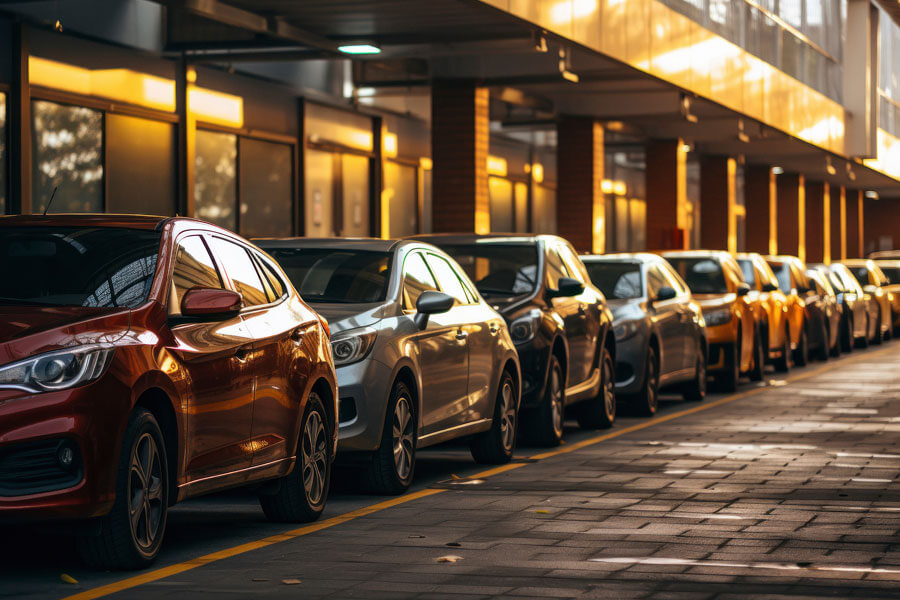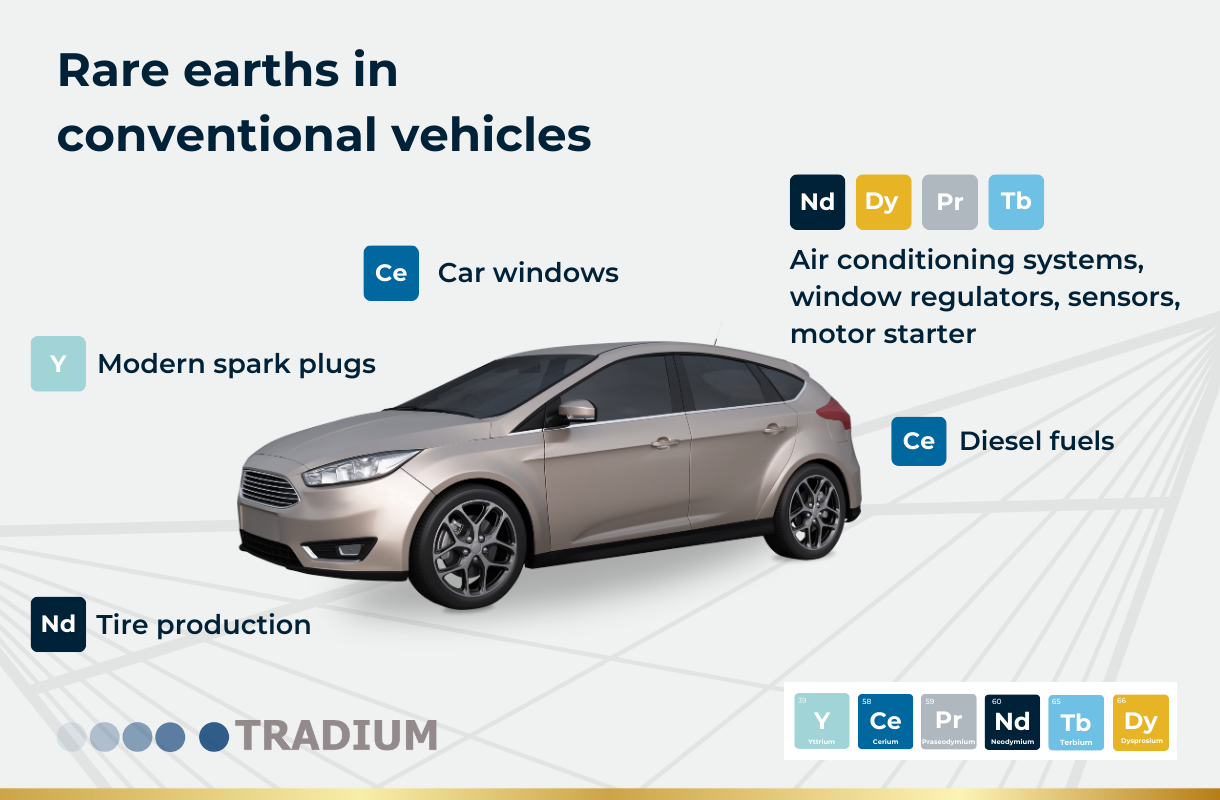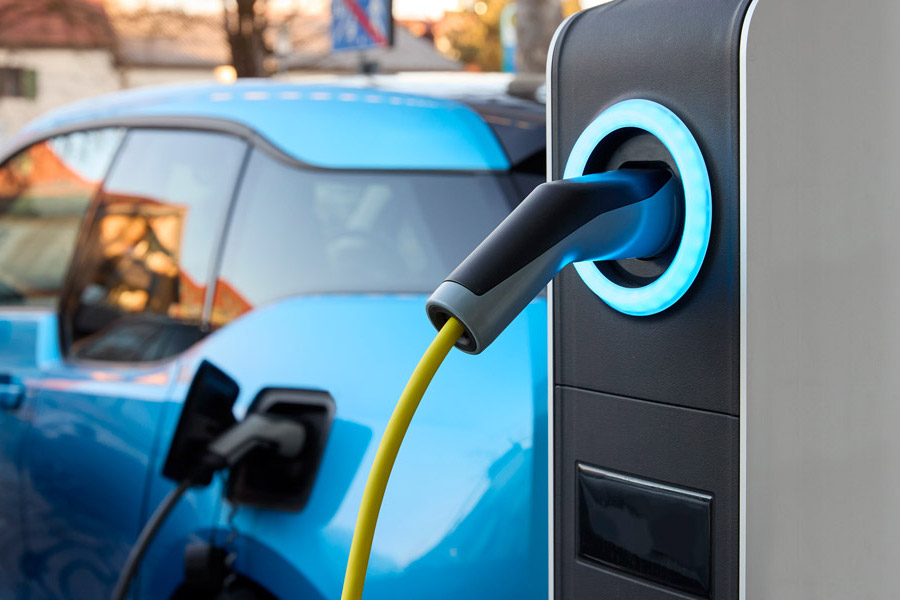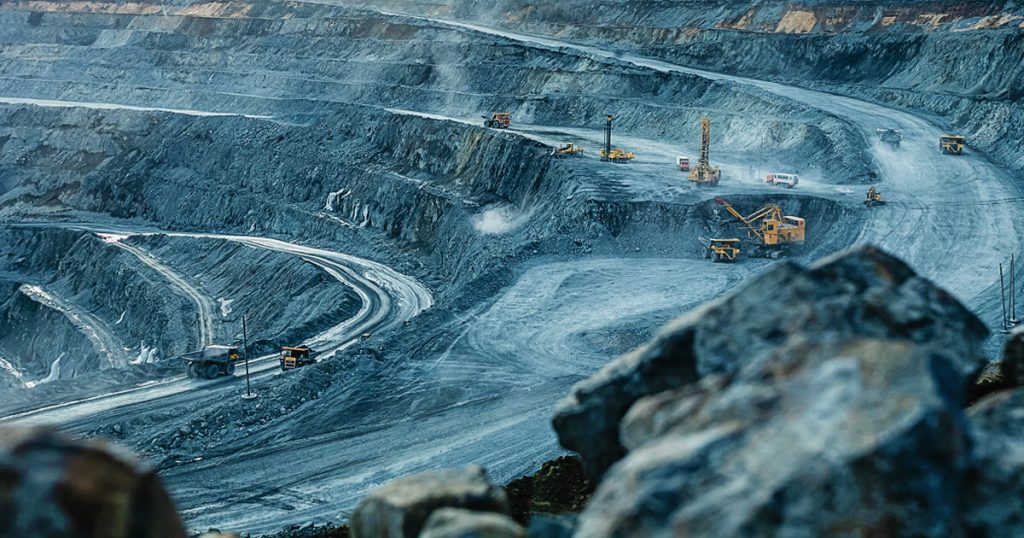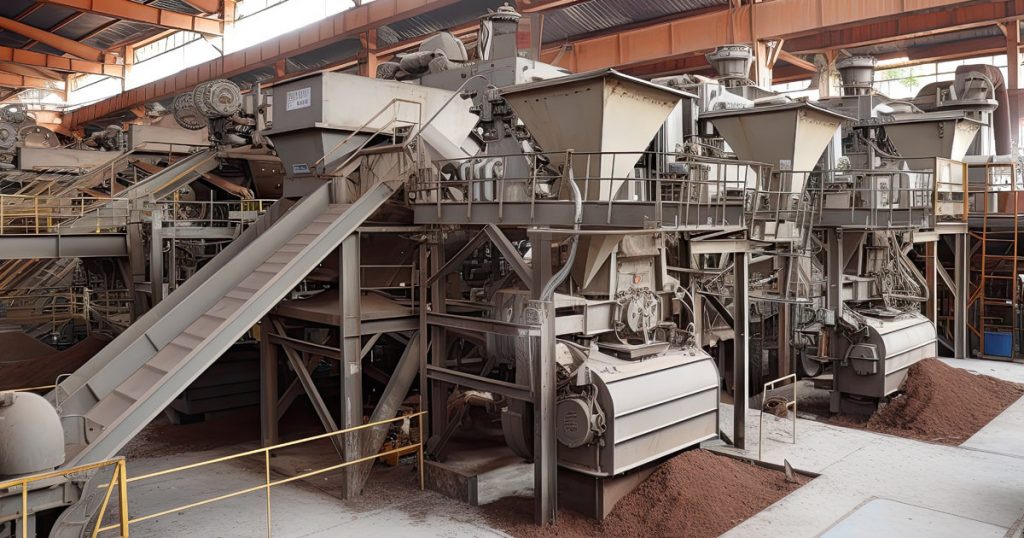Rare Earths in Cars – From Spark Plugs to Air Conditioning Systems
November 2023 | News
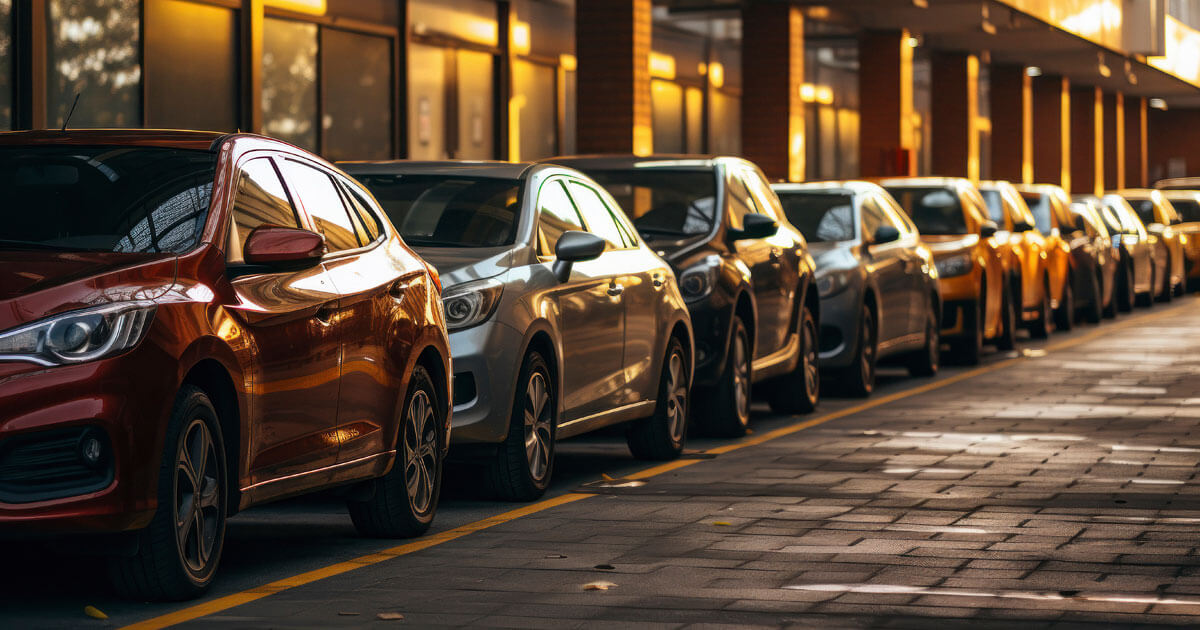
Source: AdobeStock/PRASANNAPIX
Rare earths are primarily known for their use in electric vehicle motors. However, the metals are also present in conventional vehicles. Below, we summarize the components where they’re found.
The raw material group of rare earth metals is essential for the expansion of electromobility and the global transition to cleaner transportation. However, these strategic metals aren’t used only to make the motors in battery-electric cars, but also a host of other components in diesel- and petrol-powered vehicles.
Equipped With Rare Earths From Front to Back
The industry news service Rawmaterials.net has researched the diverse fields of application for rare earths in conventional cars. For example, neodymium or terbium are used in permanent magnets in small motors to drive window regulators and air-conditioning systems. The cerium oxide in polishing agents gives car windows their shine and reduces CO2 emissions in diesel fuels. Yttrium is found in the nickel-yttrium alloys used in modern spark plugs and gives them a longer service life.
Cars With Conventional Drive Systems Still Very Popular
While the demand for rare earth elements is increasing due to the expansion of electromobility, most cars are still powered by internal combustion engines (ICE). Worldwide, there are 1.3 billion ICE cars compared to 26 million electric cars. The EU has permitted cars with conventional drive systems to be sold within the EU until 2035, so large quantities of strategic raw materials will continue to be needed for internal combustion engines for a long time to come.
Rare Earths: Critical Raw Materials
According to various economic forecasts, the demand for rare earths will continue to rise steadily. However, since the raw versions of these metals are available only in limited quantities, the EU has classified their supply as critical. This scarcity makes them an interesting physical asset for private buyers. Read our article “Precious Spice Metals for High-Tech Products” to learn about some of the non-automotive uses for strategic metals.
